Lo-Fi: Why Does It Sound So Good?
Get that lo-fi sound with hardware and software from Sequential, U-he, Warm Audio, Strymon and more.
What makes lo-fi so imperfectly perfect? Find out how to add a lo-fi sound to your own recordings with our hardware and software picks.
Lo-Fi Sound
Some of the biggest music genres of the last few decades have involved the word ‘lo-fi’. Lo-fi indie, lo-fi house and of course lofi hip-hop all feature the two syllables. While they couldn’t be more different, they do all have one thing in common: a distinctly grungy and imperfect sound. Noise, saturation, grit: these are the hallmarks of more and more modern music.
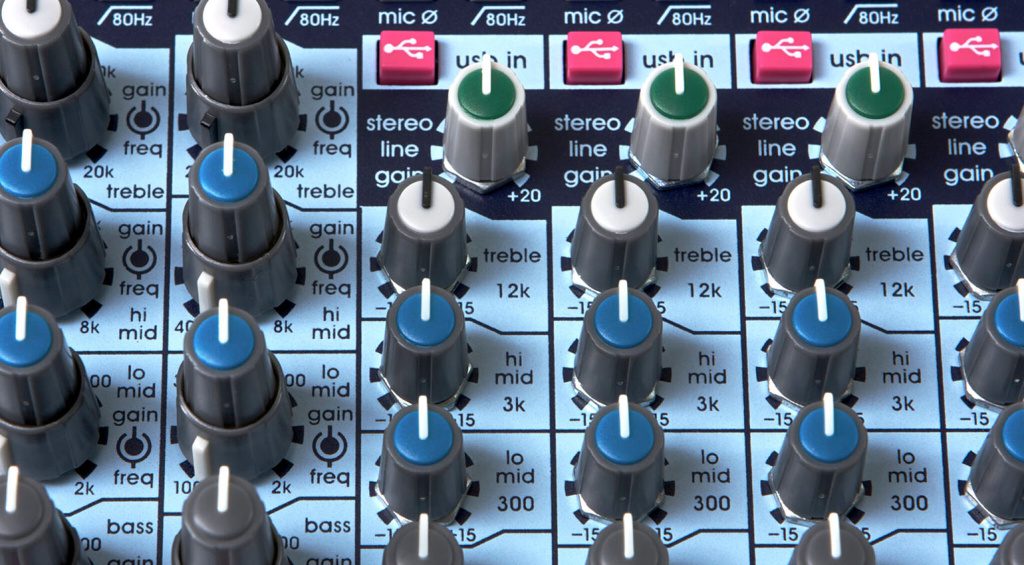
It didn’t used to be this way. Back in the day, most artists and producers tried their best to remove any trace of errant noise. Think Steely Dan and ultra-modern digital recording techniques of the 1980s. Now that we all have computers and DAWs capable of recording pristine digital sound, we’re starting to go back the other direction: back to noise. Back to grit. Back to lo-fi.
Why Does Lo-Fi Sound Good?
Why are we going to so much trouble to add noise back to digital recordings? In a word: because it sounds good. The world around us is not 100% clean and quiet. Odd frequencies come at us all the time, from the white noise of nature like wind and water to the random rumbles of urban living. Lo-fi feels real; it feels authentic.

There’s also a nostalgia component. For those of us who grew up listening to analogue recordings played on vinyl and cassette, that noise is comforting and normal. Younger generations may also have formative musical memories of listening to badly ripped, lossy MP3s. Adding these qualities back to music instantly transports us to our youth, when things seemed right.
There are many different ways to add a touch of lo-fi to your productions. Here are some of my favourites.
Degrade Your Digital
Lo-fi is often thought to be an analogue phenomenon (and there are many analogue ways to get it, as I discuss below) but let’s start with the digital domain.
In their original run, samplers tried their hardest to get as clear-sounding as possible. Now that we can all sample with DAWs, the samplers that tend to impress are ones with lower bit and sample rates. Think crunchy and warm rather than clean and pristine.

On the 12-bit hardware side, I can recommend Sonicware’s Liven Lofi-12 or Lofi-12 XT and Korg’s Volca Sample 2. If you prefer to stay in the box, try TAL Software’s TAL-Sampler. My favorite software sampler, it’s packed full of DACs from some of the most characterful samplers ever released.

After that lossy MP3 sound? Most of your options are soft, including Aberrant DSP’s gorgeously grungy Digitalis. Chase Bliss does a pedal version of Goodhertz’s Lossy plugin, although I have yet to try it out.

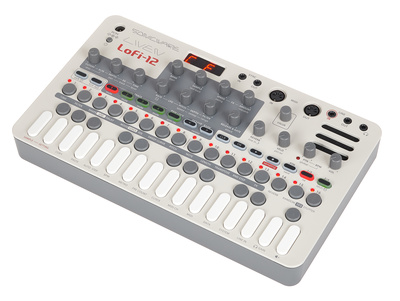

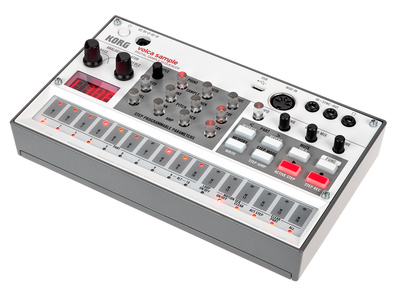

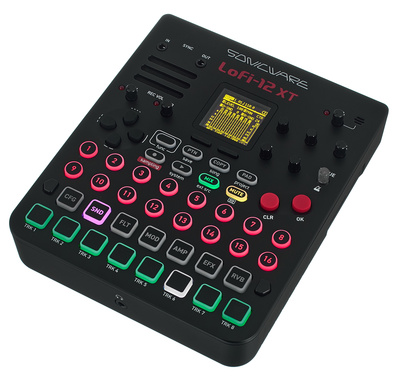

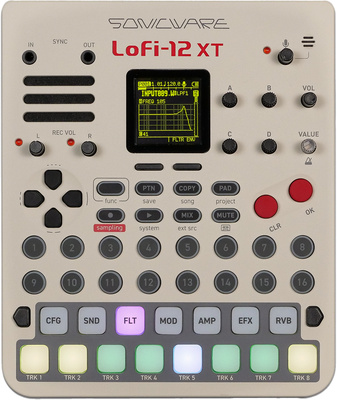

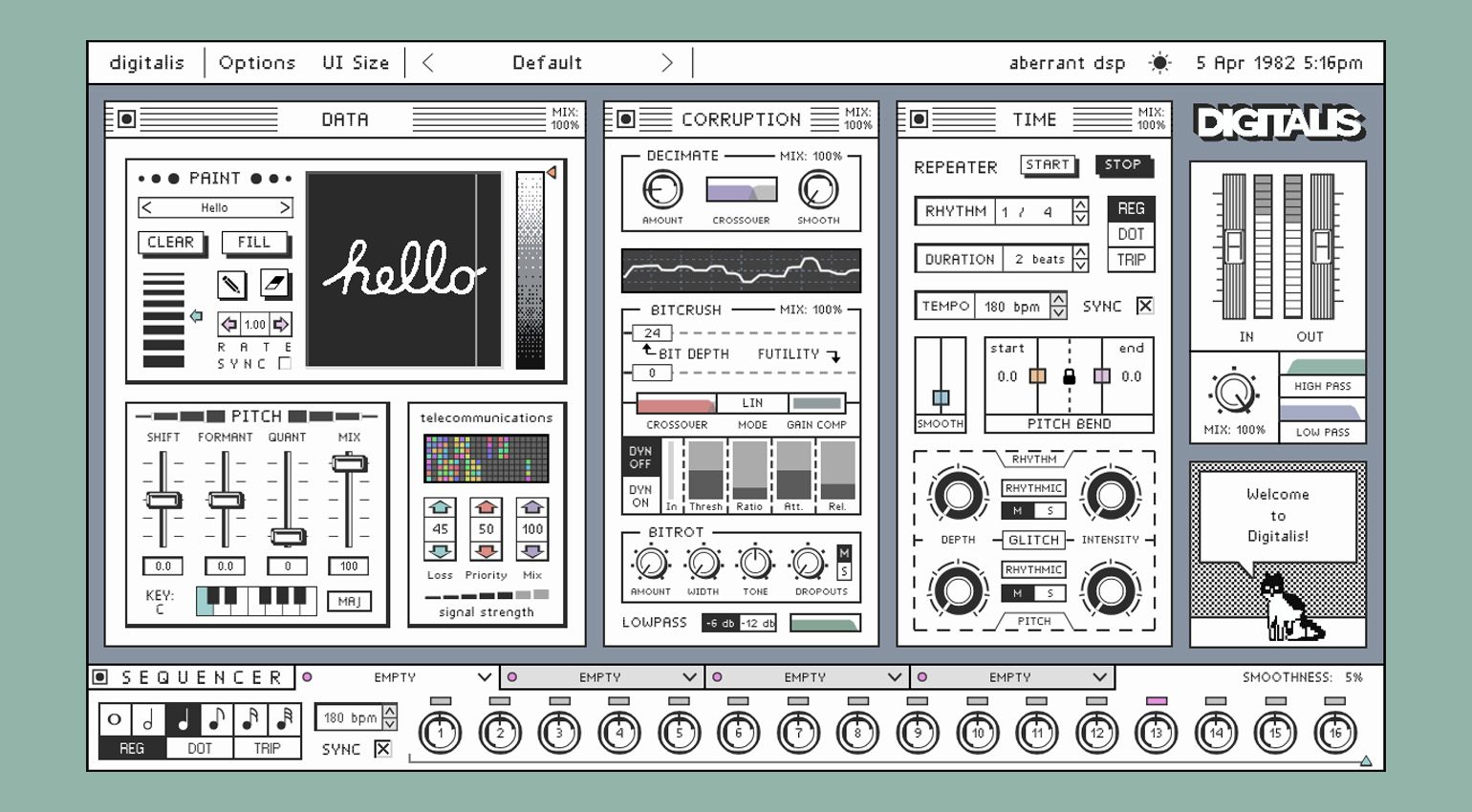
Warm Up Your EQ
One of the hallmarks of lo-fi sound is warmth. That usually means fewer highs than digital and a nice, round bottom end. This is easy enough to do in your DAW’s stock EQ plugins: just roll off the highs until it sounds nice and cosy.
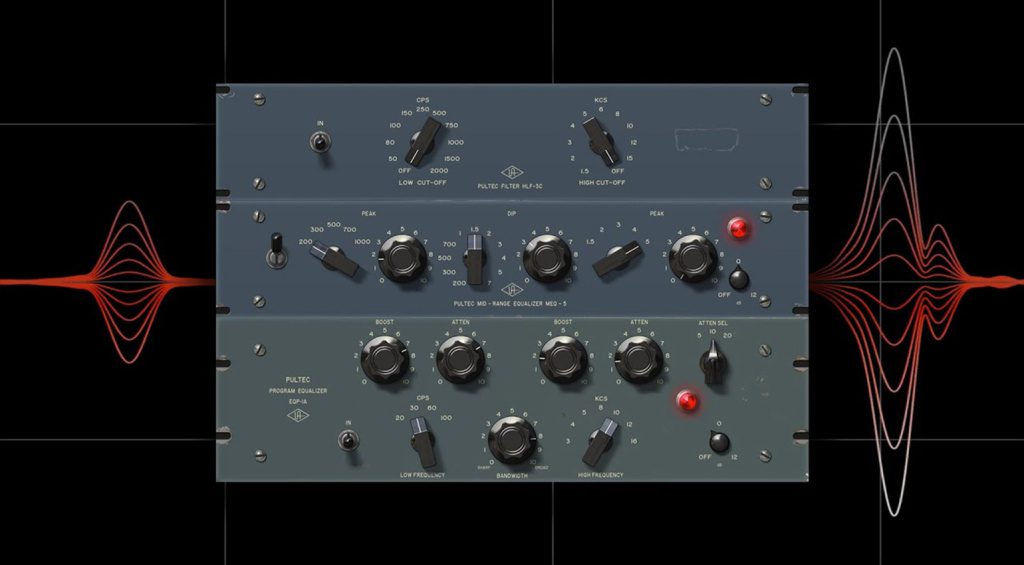
If you’re after a more vintage vibe, you can’t go wrong with a Pultec EQ. On the hardware side, try Warm Audio’s EQP-WA. For software, the Pultec Passive EQ Collection from Universal Audio is ridiculously good.

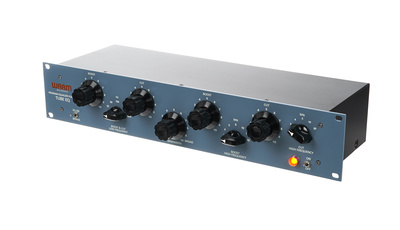

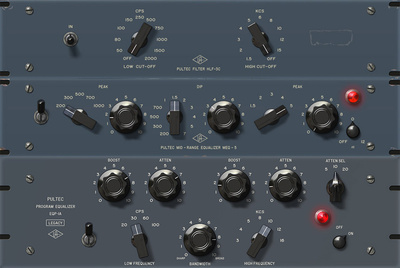
Soak It With Lo-Fi Saturation
Productions sounding sterile? In the old days, any sound would pass through countless circuits – microphone, preamp, mixing desk, effects like compressor and EQ – before being committed to tape. All of these electric stages would add small amounts of saturation. Essentially light distortion plus compression, saturation can work wonders on lifeless sounds. When pushed hard, it can make things sound ‘broken’ and lo-fi.
If you’re into hardware and have the budget, there are plenty of modern ways to saturate. Elektron’s Analog Heat +FX is a popular hot box. If you need a mixer for summing from your DAW, SSL’s Six is incredible. Finally, a little tape saturation can work wonders on sound, especially drums. Echo Fix’s EF-X3, a modern tape delay, can’t be beat.

On the software side there are plenty of saturation options. U-he’s Satin is my go-to tape saturator while FabFilter Saturn 2 gives you lots of control over the heat. Decapitator from Soundtoys is also highly recommended. It’s an industry standard for a reason.

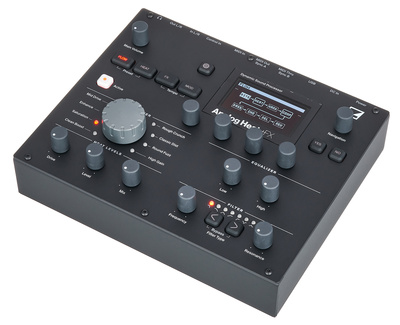

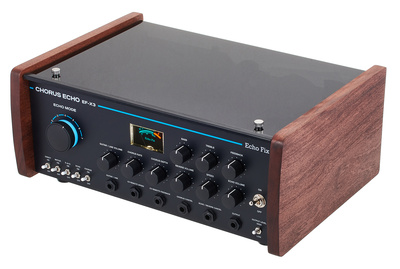

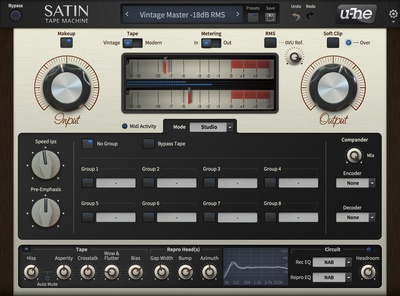

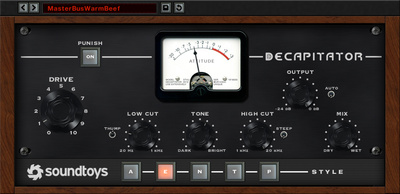
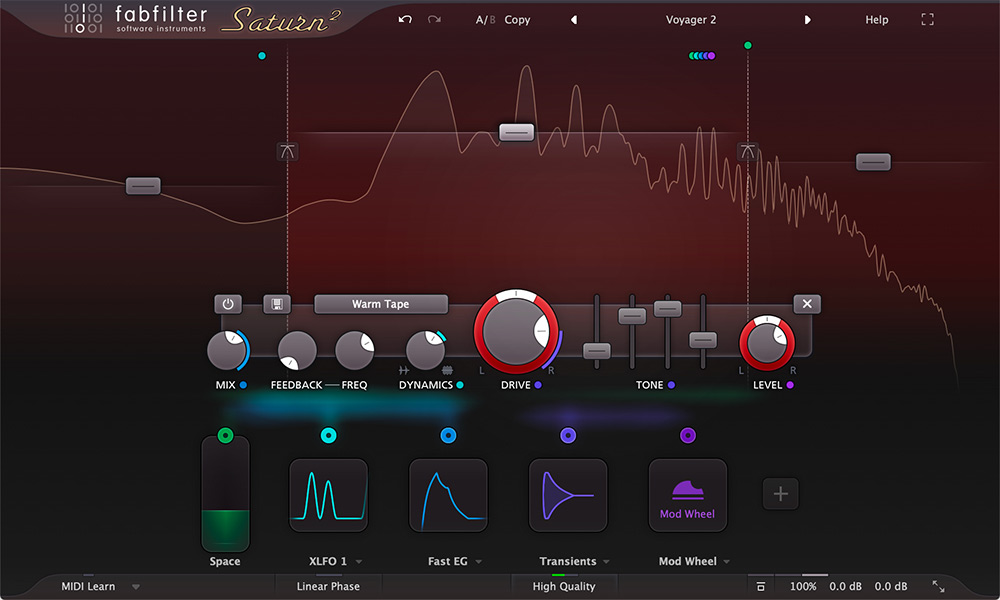
Needs Lo-Fi Noise
Noise is good. I don’t necessarily mean Merzbow-levels of sonic destruction (although more power to you if you run in those circles). I’m talking about low-level background hiss and hum. As I mentioned at the beginning, our world is never 100% quiet. Even in an acoustically dead anechoic chamber, you’ll still hear the blood rushing around inside your head. It’s freaky, I can assure you.
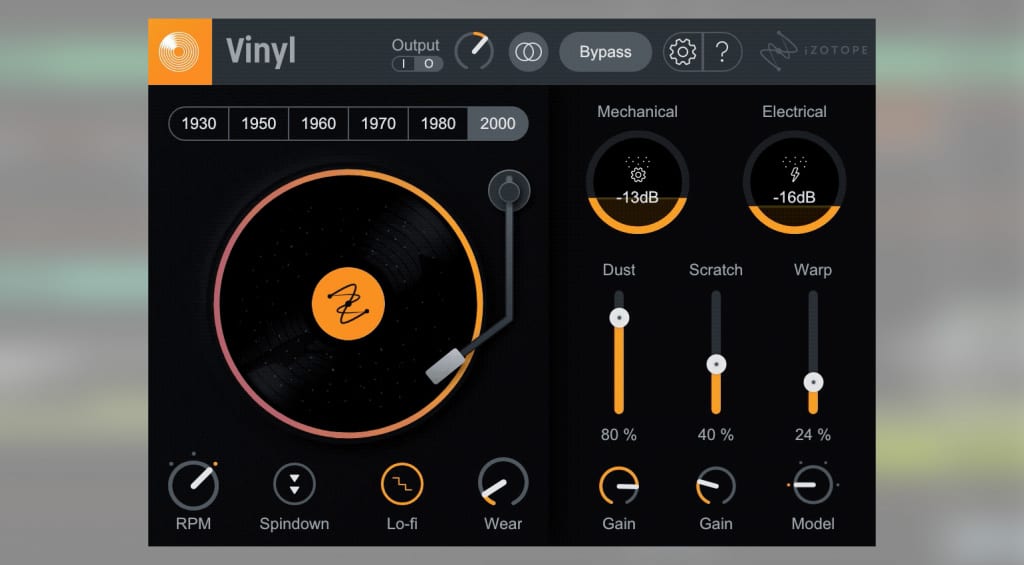
Adding lo-fi noise to a track is as easy as turning on a junky old mixer and recording the bare output. Scouring thrift stores and yard sales for unwanted gear is a terrific way to pass the time. Bonus points if the gear is slightly broken. Remember, you want busted not beautiful.
If that all sounds like too much trouble, there are plenty of digital ways to noisify a track. Vinyl from iZotope is fun and free. You can even just scour the internet for free noise loops and drop them into an unused audio track in your DAW. Turn down the volume until you can barely hear it. Throw a compressor on there and side-chain it to the kick for pumping ambience.
Instant Instability
Human ears are highly tuned towards variation in sound. Accordingly, we quickly become bored of unchanging phrases. Along with saturation, this is another reason why tape (reel-to-reel or cassette) is experiencing such a renaissance these days. Wow and flutter – small changes in speed caused by imperfect motors – can add variation to otherwise static sound.

To liven up your lo-fi tracks, try Strymon’s Deco (pedal or plugin) or Z.Vex’s Instant Lo Fi Junky Vexter, a dirty chorus and vibrato stomp box. On the software side, you can’t go wrong with XLN Audio’s one stop lo-fi shop, RC-20 Retro Color. This combines distortion, wobble, digital artefacts, reverb and noise into a powerful little grunge machine.

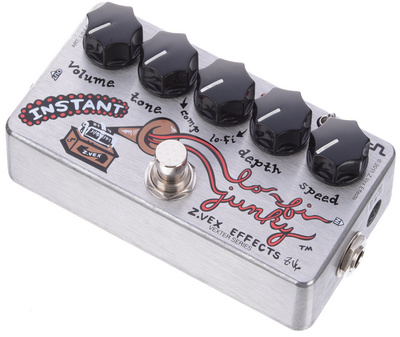

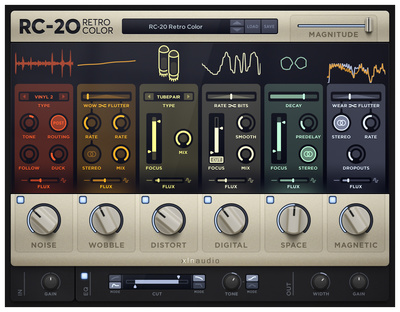
Analogue Slop
There’s more to the lo-fi aesthetic than just dirty effects. For a deeper vibe, you need to make the actual sound sources unstable too. Old analogue synths with failing components often exhibit audio imperfections in pitch and volume. Think Boards of Canada and woozy, sea-sick pads.
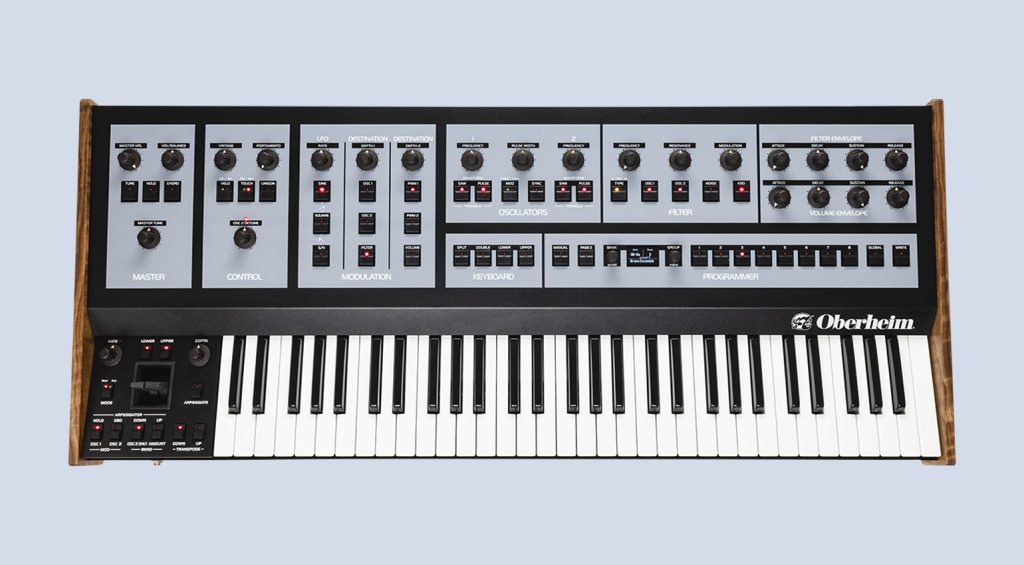
While the most authentic way to achieve this effect is by buying an old synthesizer on the verge of death, many modern ones feature ‘vintage’ modes that add slop to tuning and envelope behaviour. Check out Sequential’s modern Prophet-5 and OB-X8 from Oberheim for two high-class instruments not afraid to get sloppy.
You don’t need to break the bank for this either. There are plenty of affordable soft synths with vintage modes or capabilities. Some of the ones in my favourites folder include the Roland Cloud Juno-60 and U-he’s Diva and Repro.

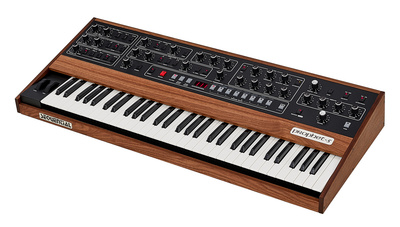

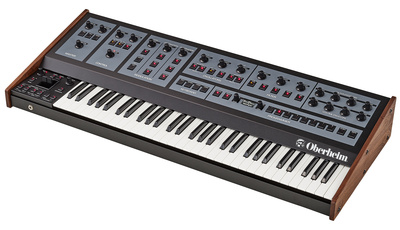

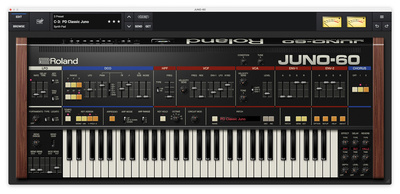

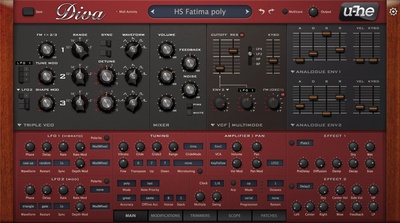


More Information
- All about samplers
- All about synthesizers
- All about effects
- All about mixers
One response to “Lo-Fi: Why Does It Sound So Good?”
 4,2 / 5,0 |
4,2 / 5,0 | 




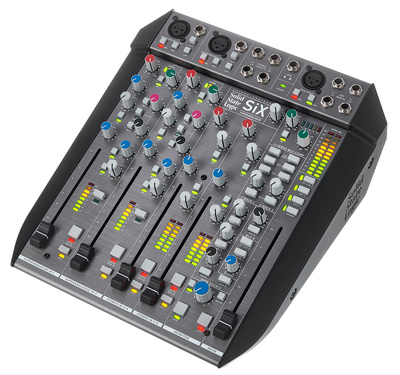
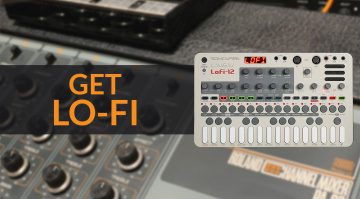



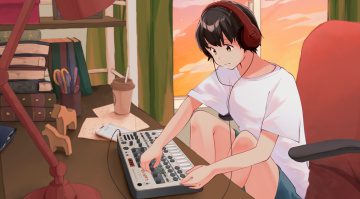
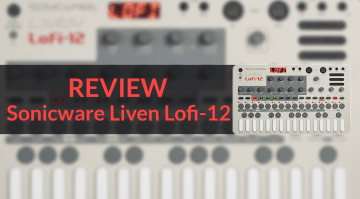

Why does lo-fi sound so good? It doesn’t! Percussion sounds can benefit from bit rate drops to 12 or 8 bit, as they sound chunky if they are short samples. But who wants aliasing and hiss, no thanks. Just winding you up here to get a reaction. Fight back, insult me, lo-fi man!